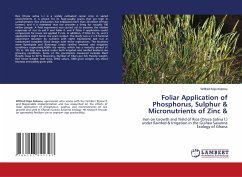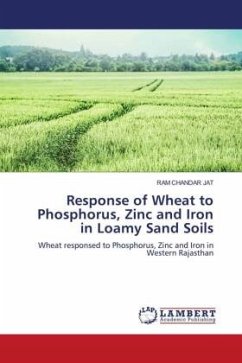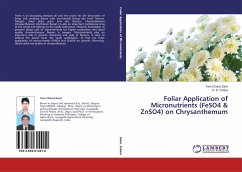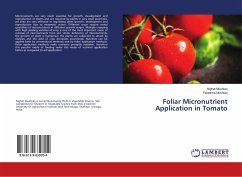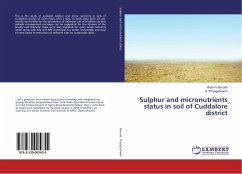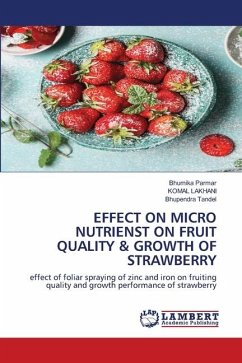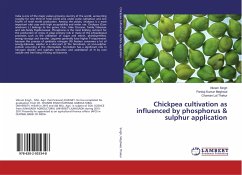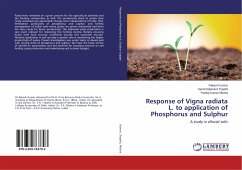Rice (Oryza sativa L.) is a widely cultivated cereal crop in varied environments. It is grown for its high-quality grains that are high in carbohydrates. Rice production has employed more than 20 million African farmers, and it is estimated that rice provides a living for roughly 100 million people. A field experiment was carried out to examine the relative responses of rice to soil P and foliar P, and if foliar P application could compensate for lower soil applied P rate. In addition, if foliar Zn, Fe, and S applications might boost rice grain output. The study was a 2 x 8 factorial experiment (location by nutrient with eight treatments) laid out in randomized complete block design with three replications. The locations were Nyankpala and Bontanga under rainfed lowland and irrigation conditions respectively.AGRA rice variety, which has a maturity period of 125 to 130 days was tested under both irrigated and rainfed lowland rice growing conditions. Some of the parameters measuredincludes Plant Height, Days to 50 % flowering, Number of tillers per hill, Panicle weight, Rice Straw weight, Leaf Area, SPAD values, 1000 grain weight, Dry shoot biomass and paddy grain yield.

